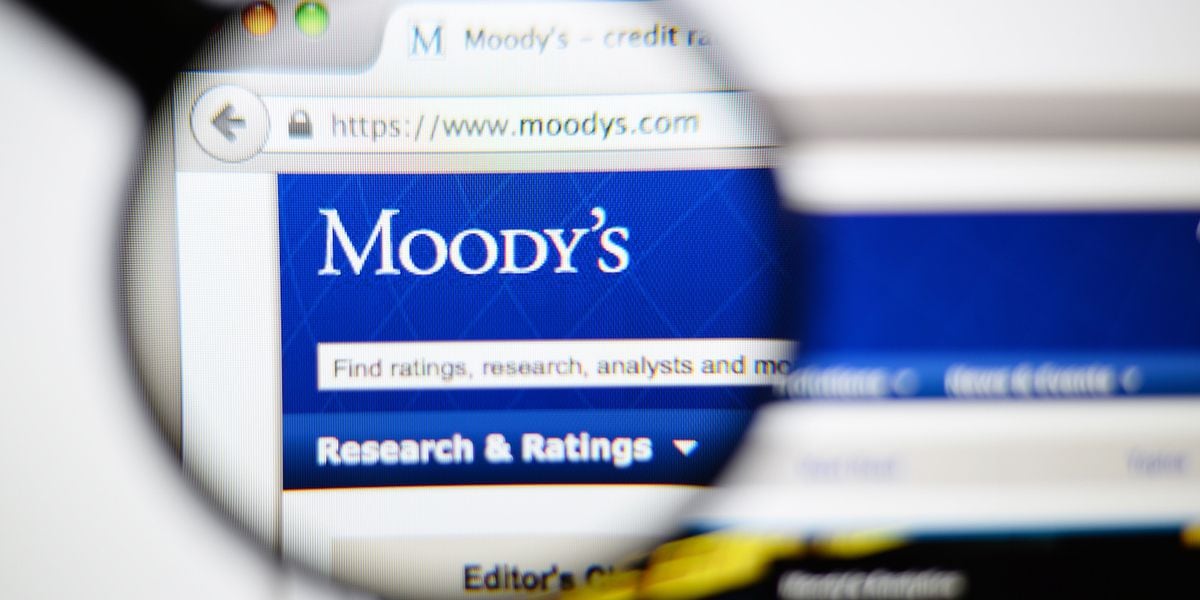-
According to a recent report by Moody’s, the introduction of blockchain-enabled secondary markets has the potential to enhance the adoption of tokenization within traditional markets.
-
Despite the current scarcity of such secondary markets, analysts have observed a growing trend in this area.
-

How Can Artificial Intelligence and Blockchain Revolutionize the Music Industry?
CreateSafe CEO Envisions AI Transforming the Music Industry
Reflecting on the Evolution of Blockchain Technology in 2023
Moody’s Investors Service analysts highlighted the role of blockchain-powered secondary markets in expanding the accessibility of tokenized assets in a recent publication.
Tokenization, which involves representing real-world assets on a blockchain, is being explored by financial institutions globally to enhance the efficiency, cost-effectiveness, and market reach of financial instruments. For instance, the tokenization process enables the subdivision of large assets like private equity or real estate into multiple tokens, thereby broadening the investor base, as outlined in a previous report by the ratings agency.
While there has been a nascent exploration of tokenized asset issuance by financial institutions and governments, such as Hong Kong’s issuance of a $100 million green bond last year, the absence of well-established secondary markets for trading post-primary offering remains a challenge, according to the Moody’s analysts.
This limitation impedes the widespread adoption of tokenization, with the new report underscoring the noticeable emergence of blockchain-fueled secondary markets.
The report emphasizes that blockchain and tokenization introduce significant advancements to secondary market frameworks. Establishing secondary markets for blockchain-based securities could enhance liquidity management, improve market data accessibility, and facilitate swift settlements, the report suggests.
By addressing various shortcomings of traditional secondary markets, including restricted asset class accessibility, settlement process inefficiencies, and high operational expenses, these blockchain-powered secondary markets offer promising innovations.
However, the report also cautions about the technological and regulatory obstacles associated with these markets. Primarily relying on smart contracts, the underlying technology is vulnerable to risks such as bugs, rug pulls, price manipulations, and oracle failures. These vulnerabilities not only pose financial risks to participants but also impede the broader acceptance and integration of decentralized finance (DeFi), according to the report.
The content has been edited by Sheldon Reback.




